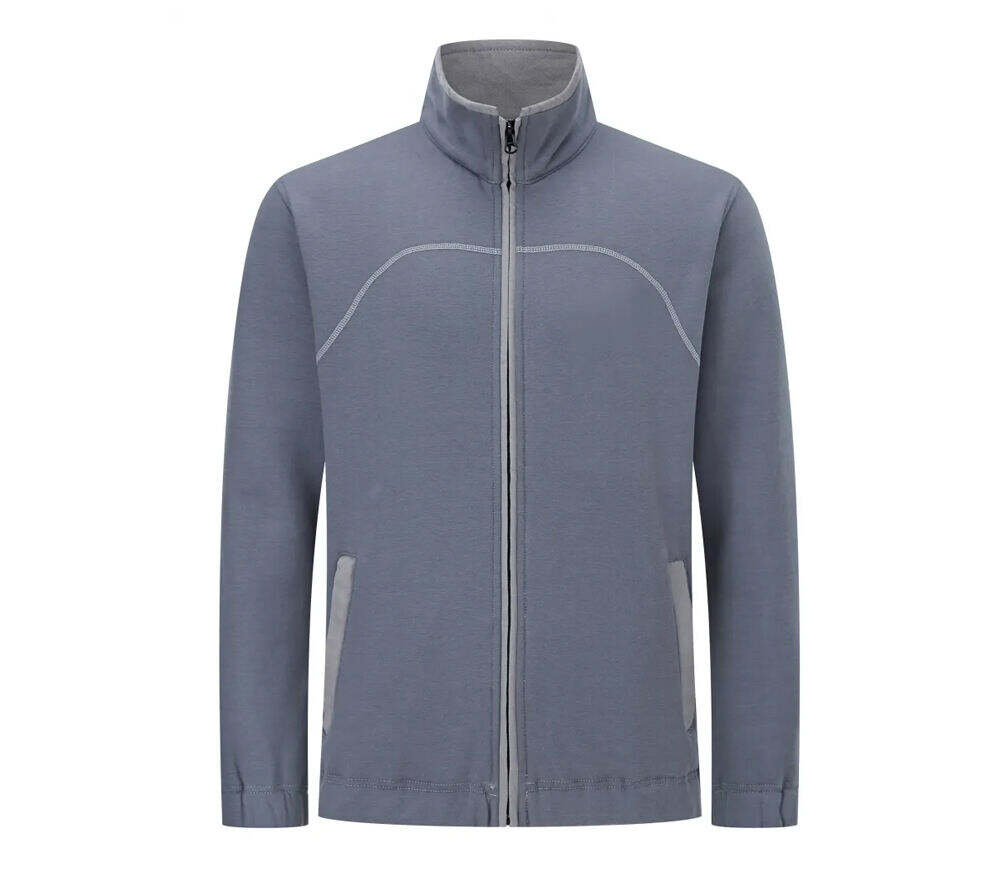The cost of arc flash gear can vary significantly depending on several factors, including the type of gear, the arc rating, the materials used, the brand, and the quantity purchased. Understanding these factors can help you budget for and make informed decisions when purchasing arc flash gear for your workplace.
One of the main factors affecting the cost of arc flash gear is the type of gear. Arc flash gear comes in various forms, such as arc flash suits, jackets, shirts, pants, coveralls, hoods, gloves, and face shields. Arc flash suits, which offer the highest level of protection, are generally the most expensive. They can range in price from a few hundred dollars to several thousand dollars, depending on the arc rating and the features included. Jackets and coveralls are less expensive than suits but still provide full - body protection. Their prices can range from around $100 to $500 or more, again depending on the arc rating and quality. Hoods, gloves, and face shields are additional components that can add to the overall cost, with prices ranging from a few dollars for basic gloves to several hundred dollars for high - end hoods and face shields.
The arc rating of the gear is another important factor in determining its cost. The arc rating is a measure of the gear's ability to protect against the thermal energy of an arc flash. Gear with a higher arc rating, which provides greater protection, will typically be more expensive. This is because higher - arc - rated gear requires more advanced materials and construction techniques to withstand the increased thermal energy. For example, an arc flash suit with an arc rating of 40 cal/cm² will be more expensive than a suit with an arc rating of 8 cal/cm².
The materials used in the arc flash gear also affect its cost. High - quality, inherently fire - retardant materials, such as aramid (e.g., Nomex) and modacrylic, are more expensive than treated flame - retardant materials. Inherently fire - retardant materials have fire - resistant properties built into their chemical structure, which means they do not lose their protective qualities even after repeated washing and exposure to harsh conditions. Treated flame - retardant materials, on the other hand, may have their treatment wear off over time, reducing their effectiveness. Gear made from inherently fire - retardant materials will generally last longer and provide better protection, but it will also come at a higher cost.
The brand of the arc flash gear can also influence its price. Well - known brands with a reputation for quality and reliability may charge more for their products. However, buying from a reputable brand can provide assurance that the gear has been tested and meets the necessary safety standards. It may also offer better customer support and warranties. On the other hand, lesser - known brands may offer lower - priced gear, but you should be cautious and ensure that the gear meets the required safety standards.
The quantity of arc flash gear purchased can also affect the cost. Many suppliers offer volume discounts for large orders. If you need to equip a large number of workers with arc flash gear, buying in bulk can help you save money. It's a good idea to compare prices from different suppliers and ask about volume discounts to get the best deal.
In addition to the initial purchase cost, you should also consider the long - term costs associated with arc flash gear. This includes the cost of maintenance, such as washing and repairs, and the cost of replacing worn - out or damaged gear. High - quality gear may have a higher upfront cost but may last longer and require less frequent replacement, resulting in lower long - term costs.
In conclusion, the cost of arc flash gear can vary widely depending on the type of gear, arc rating, materials, brand, and quantity purchased. By understanding these factors and considering both the initial purchase cost and long - term costs, you can make informed decisions when purchasing arc flash gear for your workplace to ensure the safety of your workers while staying within your budget.


